CEOS News Archive
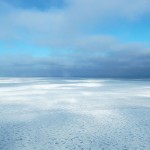
Ice and Oil
September 13, 2015 —
The University of Manitoba is taking the lead in understanding how ice and oil mix.
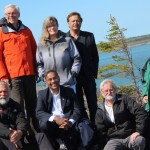
New research facility to open in Churchill
July 6, 2015 —
$22.1 million in funding announced to help build this unique research centre

From the field: Stories from the high Arctic
June 22, 2015 —
Soldiers, snow and tedium. All in a day's work
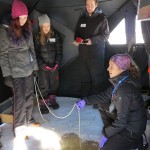
Community Stories
Arctic experience: Exploring the science behind climate change
June 5, 2015 —
Every winter, Manitoba students get a taste of the Arctic in simulated field work activities at FortWhyte Alive.
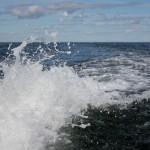
$13 million in new funding supporting research projects vital to Manitoba
May 7, 2015 —
Research to improve environmental sustainability

Arctic research at FortWhyte Alive
March 5, 2015 —
U of M Arctic researchers share their expertise with students from across Manitoba at Arctic Science Day
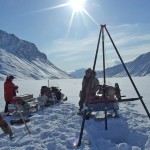
Arctic Partners
February 2, 2015 —
Dynamic trio brings together world's leading arctic climate scientists
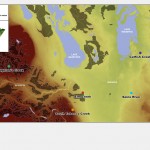
Clayton H. Riddell Faculty of Environment, Earth, and Resources
Prairie Water Problems
December 19, 2014 —
The Province of Manitoba's Hydrologic Forecast Centre announced on December 16, 2014, that flow rates and levels for most major rivers and lakes are above normal. The Centre continues to gather information that will contribute to flood forecasts for the Spring of 2015. In the Riddell Faculty at the University of Manitoba, water quality and quantity is the focus of a number of researchers including Dr. Genevieve Ali of the Department of Geological Sciences. Her research described here reveals the challenges flood forecasters face.
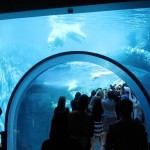
Clayton H. Riddell Faculty of Environment, Earth, and Resources
Bringing the Arctic home: Working with the Assiniboine Park Zoo to educate the public about climate change
September 7, 2014 —
U of M researchers connected with the zoo to help shape the world’s top polar bear exhibit.
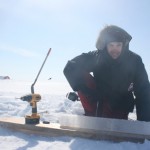
Research and International
Climate research in the arctic: More stories from the Arctic Science Partnership
July 30, 2014 —
In the field we stayed in a hunter’s cabin with a great view at the frozen ocean! The experimental site was located on the ice about six kilometres away from the cabin; so, we drove there by a snow mobile.






